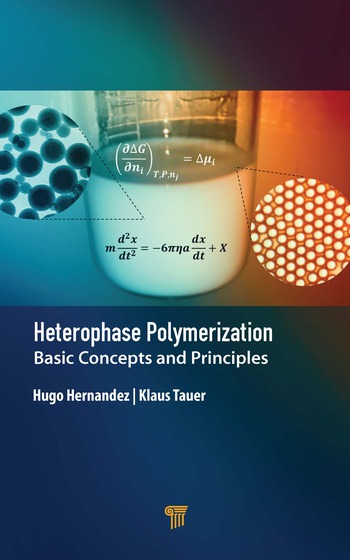Question:I am trying to bond some cylindrical metal plugs into the ends of rubber tubing. Solventborne rubber cements seem to work well but dry too slowly for our required production rates. I would like to try a cyanoacrylate adhesive but hear that they are very brittle when cured.
Answer:Unfortunately, adhesive types do tend to get "stereotyped." It is certainly true that some of the original cyanoacrylates tended to be somewhat brittle in comparison to other adhesives when used to bond rigid substrates. However, there have been significant technological advances over the years and rubber-toughened cyanoacrylates are true impact-resistant structural adhesives. In your case, you can probably use a standard non-toughened grade because the rubber will absorb most of the stresses on the bond. The only major decision you will have to make is exactly how fast you want the adhesive to bond to fit with your assembly technique. Your supplier can adjust this from a fixture speed of one or two seconds up to around 30 seconds.
Question:We have been bonding ferrite cores with an epoxy adhesive for many years, but our productivity is very low because we have to heat cure at around 250°F for over an hour. Can you recommend any faster curing adhesives?
Answer:This is quite a complex question because there are a lot of factors to consider when it comes to changing to an alternative system. Yes, there are good adhesives that will bond ferrites very quickly. You can use much faster curing two-component epoxies, heat-cured one-component acrylics or two-component acrylics. Before choosing a system, though, you need to look at all aspects of your process and the final performance requirements of the finished bonded ferrite. One advantage of your current adhesive is that it is one-component and does not require any mixing equipment. If you change to a two-component system, you will improve your productivity but will have to invest in mixing and dispensing equipment, which can range from simple twin-barreled syringes to sophisticated meter-mix systems, depending on the number of parts you need to process. After you choose candidate adhesives, I strongly recommend that you test them under the conditions that your finished part will experience during service, rather than relying simply on manufacturers information. It is very important that you simulate the operating temperatures and thermal cycling parameters, and any environmental conditions such as high humidity. If you are looking for extreme high temperature service and maximum moisture resistance, epoxies will often test out the best. However, for less demanding environments, many components can be assembled very successfully with acrylic systems - with dramatic increases in productivity.
Questions for publication should be directed to Dr. Dave Dunn at 242 Trails End, Aurora OH 44202.
330-562-2930. FAX 253-681-8460, e-mail DrDave242@att.net .






